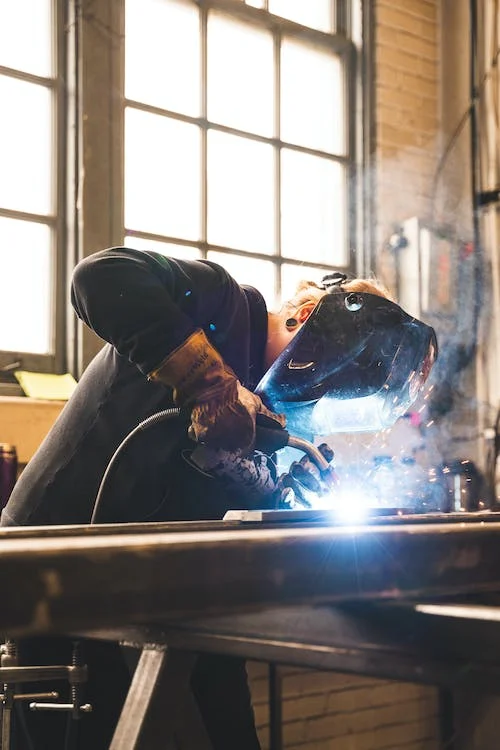What is the difference between MIG welding and TIG welding?

What is MIG Welding?
MIG welding (melt inert-gas welding) refers to the use of melting electrodes, plus gas as an arc medium, and protect metal droplets, welding molten pools and welding areas of high-temperature metal arc welding method, called melting electrode gas shielded arc welding. The inert gas (Ar or He) protection arc welding method with solid core welding wire is called melting inert gas shielded welding, referred to as MIG welding.
| Chinese Name | 熔化极惰性气体保护焊 |
| English Name | Melt inert-gas welding |
| Parenchyma | Arc welding method for high-temperature metals in the welding area |
| Relevancy | TIG |
| Abbreviation | MIG Welding |
| Heat | DC arc |

TIG welding (Tungsten Inert Gas Welding), also known as non-melting extremely inert gas shielded arc welding. The heat source of TIG welding is DC arc, the working voltage is 10 to 95 volts, but the current can reach 600 amps. The correct connection method of the welding machine is that the workpiece is connected to the positive electrode of the power supply, and the tungsten electrode in the welding torch is used as the negative electrode. The inert gas is generally argon.
The difference between TIG welding and MIG welding:
The biggest difference between the two is reflected in the welding method: TIG welding is a welding method with pure Ar as the shielding gas and tungsten electrode as the electrode. However, MIG welding is a welding method that uses an inert gas such as Ar as the main shielding gas, including pure Ar or Ar gas mixed with a small amount of active gas (such as oxygen below 2% or carbon dioxide gas below 5%) for melting electrode arc welding.
MIG Welding Principle
Unlike TIG welding, MIG (MAG) welding uses meltable wire as an electrode, and the arc of the continuous feed between the welded wire and the welded workpiece is used as the heat source to melt the wire and the base metal. During the welding process, the shielding gas-argon gas is continuously transported to the welding area through the welding gun nozzle, so that the arc, the molten pool and its nearby base metal are protected from the harmful effects of the surrounding air. The continuous melting of the welding wire should be transitioned to the welding pool in the form of molten droplets, which is fused with the molten base metal and condensed to form a weld metal.

Types of Protective Gases:
- Argon (Ar)
- Helium (He)
- Carbon dioxide (CO2)
- Gas mixture
Features of MIG Welding:
1. Like TIG welding, it can weld almost all metals, especially suitable for welding aluminum and aluminum alloys, copper and copper alloys, and stainless steel;
2. Without tungsten electrode, the cost is lower than TIG welding;
#People are always confused about things that are similar but always different
SEE YOU IN NEXT ISSUE!
Note: This article is excerpted from Popular Science China. Encyclopedia of Science








